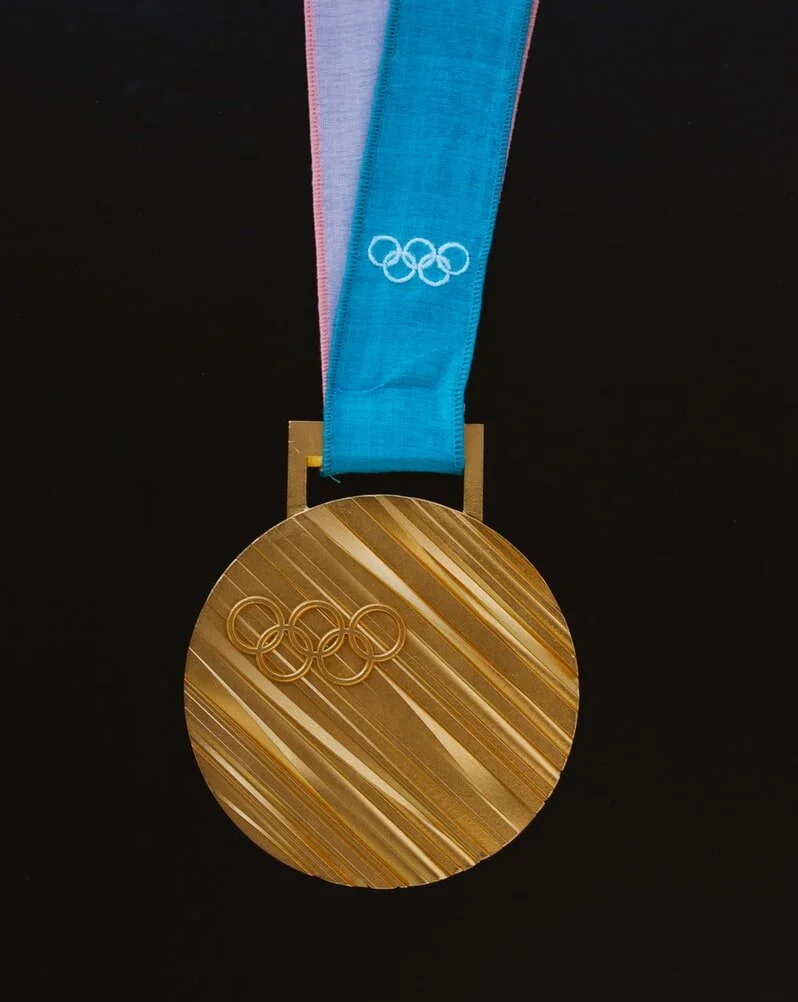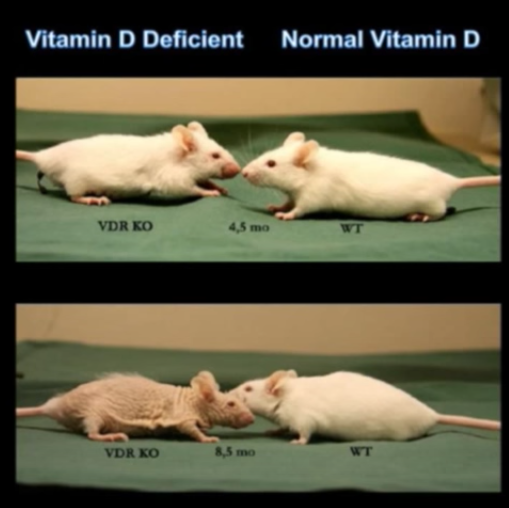The Juggernaut of Workouts: Part 1
Whether you’re an elite athlete looking to improve your already-strong base, or just want to increase your functional healthspan and look good in a swimsuit, sprinting will get you there. Lifting weights and joining fitness classes have their benefits, but sprints can be done without equipment, for free, and in very little time. Best of all, sprints appear to be the most potent method for improving several measures of athletic performance, and body composition at the same time.
Since many of you reading this are interested in combat sports like wrestling, you may find the first study especially gripping, given the participants were experienced Iranian wrestlers. If you know international wrestling, you know that Iran’s wrestlers set a grueling and relentless pace. Their conditioning is often a determining factor in the outcome of their matches, even at the highest level.
Hassan Yazdanicharati of Iran is an Olympic Champion and multiple-time World Champion who is well-known for his vicious gas tank.
In the study titled, Physiological and Performance Changes From the Addition of a Sprint Interval Program to Wrestling Training, researchers measured the impact of adding sprint-interval training (SIT) to the traditional training of experienced Iranian wrestlers during their preseason training camp. The study found that SIT increased both aerobic and anaerobic performance compared to that of the wrestlers who followed the traditional training program. The study also concluded that the SIT group alone experienced a significant exercise-induced hormone response. This beneficial response included significant improvements in testosterone/cortisol ratios (TCRs) and total testosterone (TT), compared to pre-training measurements. The sprint trained group showed significant improvements in VO(2) max, peak oxygen pulse, and time to exhaustion (Tmax) compared with pretesting.
There’s a couple important things to note here. First, the sprint training in this study was very short, and required maximum effort. It consisted of just 6 - 35 meter sprints with 10 seconds of recovery, performed twice a week for 4 weeks. In relation to the volume of training that wrestlers already undergo, the addition of these sprints appears marginal at best. Second, considering the study was done on experienced wrestlers, it indicates that athletes who are already in reasonable condition can benefit from adding a few short sprints to their program.
Performance Enhancing Drugs:
There’s plenty of unfortunate proof that performance enhancing drugs work. We’ve all heard about the many cases of athletes, body builders, and fitness models using substances to improve their performance and body composition. Remember Barry Bonds’ 762 career home runs? Or the most recent Russian doping scandal?
What isn’t pointed out enough is that our bodies naturally produce performance enhancing drugs like testosterone, human growth hormone, and EPO (Erythropoietin). These hormones can be optimized by controlling a number of lifestyle factors like diet, sleep, sunshine, mental health, and exercise, which makes them all very important to consider. But one of, if not the most potent and immediate ways to trigger an array of positive hormones is through sprinting. Here are a few studies I found particularly persuasive, and my short description of each:
Growth Hormone Response to Treadmill Sprinting in Sprint & Endurance-Trained Athletes — Growth hormone was approximately ten times the basal value in sprint-trained athletes one hour after the workout! They also found growth hormone levels were greater in sprint-trained athletes than in endurance-trained athletes.
The Influence of Sprint Training on… the Blood — This study found sprint training had a positive impact on the structure and the flow of blood in the body, similar to EPO, which is illegally taken by athletes competing in sports that have high oxygen demands like wrestling, cycling, and running because EPO increases the amount of oxygen-carrying red blood cells in the body. Increase your body’s ability to cary and transport oxygen naturally by utilizing sprint workouts.
Better Brain and Nervous System:
High-Intensity Interval Training Evokes Larger Serum BDNF Levels Compared with Intense Continuous Exercise — Brain derived neurotrophic factor (BDNF) is a growth factor that helps build, connect, and maintain neurons and synapses in the body and brain. It is the most prevalent growth factor in the central nervous system. The study above demonstrated that a high intensity interval exercise (bike sprints) of at least 20 minutes increased BDNF by 37.7%. Other studies have shown that even a 12% increase in BDNF can lead to a 20% increase in novel vocabulary learning. Sprint workouts can increase BDNF and in-turn, your brain power. No more dumb jock stereotype!
Comparing Sprint and Endurance Training on Anxiety, Depression, and Its Relation with BDNF in Rats — BDNF is a popular topic for researches trying to understand brain performance, and also mental health. This study concluded, “Collectively, sprint interval training regimen, rather than intensive endurance training regimen, is highly potential to improve anxiety and depression through a greater increase in BDNF contents in brain.”
Body Composition: Leaner & More Muscle
Sprint training provides positive benefits for hours after the short workout. In contrast, long distance running and cardio rely more on burning calories during the workout. The studies below illustrate the incredible ROI that sprints have on body composition.
The Growth Hormone Adaptation to Short Term Sprint — “Another notable and somewhat surprising finding from the current investigation was that lean body mass increased with a concomitant decrease in fat mass and no change in total body mass after only 3 weeks of sprint training.” If you want to increase muscle, lose fat, and maintain weight, sprint workouts are your best friend. The study also found that in just 3 weeks, participants increased peak power output during a 30 second Wingate Test.
Effect of Sprint Training on Body Composition and Cardiometabolic Health Indicators in Masters Cyclists — This is another study that looked at experienced athletes, already in good condition. The study found that by replacing a portion of the endurance training with 12 weeks of track sprints, the experienced cyclists saw favorable effects on body composition by increasing limb lean mass and decreasing trunk fat mass. Who wouldn’t want more toned arms and a thinner waste?
How to Implement Sprints Into Your Routine:
The biggest downside of sprints is the risk of injury and overtraining. Since sprinting requires the nervous system, heart, muscles, and tendons to exert maximum force, it’s important to be thoughtful in your approach. Here are some recommendations as you incorporate and maintain a sprint regimen.
Sprint When You Feel Good: If you really want to get faster and more powerful, and you want to avoid injury, you have to listen to your body. On days that you feel poppy and powerful, you are probably good to sprint. In my previous post, What Heart Rate Variability Can Teach Elite Athletes, Drinkers, Smokers, & Zen Masters, I explained how to use HRV as a gauge of physical readiness and stress-capacity. If you are utilizing HRV, only sprint on days that your HRV score is relatively high, ensuring your nervous system can handle the load. It doesn’t matter if it has been a week since your last sprint workout. If you went to the ballgame the night before, had 6 beers, and stayed out until midnight, you are not ready to sprint. Or, if you stayed up late finishing a paper, ate junk takeout, and barely slept, it’s not the time to go full-send-Usain Bolt. Choose a different workout. Take care of yourself and actively recover, so you can sprint more often.
Keep Volume Low: Don’t be a meathead. Overdoing sprints will reduce your beneficial hormone response and blunt the nervous system adaptations that would make you faster and more powerful. Too much volume will increase cortisol and reduce the beneficial testosterone/cortisol ratio.
Start Slow: If you don’t sprint regularly, a safer way to start will be on a bike or an elliptical machine. These machines reduce impact and risk of injury. Studies indicate bike sprints produce many of the benefits I listed above, so there’s no reason to take more risk than necessary. For traditional sprinting, start with short workouts, reining yourself back to about 80-90% of your max speed until you’ve gotten an idea for where your body is at.
Warm-up Thoroughly: Warming up will tell your nervous system it’s time to go. Warming up shuttles nutrients to your muscles, helping them fire correctly and reduce the risk of injury. Use your warm-up to scan your body for any little injuries or discomforts. If something feels off, or slightly injured, shut it down and do a workout that is less intense.
Focus on Your Form: There are tons of helpful running-technique videos on Youtube. I suggest watching a few to make sure your biomechanics don’t take you out of the game. Sprinting is technical. To make these workouts sustainable, your form has to be solid.
Run on a Slight Incline: Since most people’s form needs work, running on a slight incline is a good idea, as it can reduce the impact on your joints. You can walk or slow-jog down the hill while you recover in-between sets.
Runners On Your Marks:
Below is a basic sprint program for a week. Notice there are only two days of sprints. The demand on the nervous system requires adequate recovery. If you want to workout more throughout the week, that’s great, just focus on other types of workouts like lifting, or low-level cardio, which means keeping your heart rate to 180 - your age (the MAF Method). Ex. (180 - 32 years old) = 148 beats per minute. This type of cardio is sustainable and will not jack-up your nervous system. More on this in future posts!
Day 1: 10 minute dynamic warmup. 6 - 150 meter sprints, with a 2-1 rest-to-work ratio. Dynamic cool down. (Feel free keep working out with body weight exercises or low-level cardio, but don’t overdue the sprint volume.)
Day 2: 10 minute dynamic warmup. 8 - 80 meter sprints, with a 2-1 rest-to-work ratio. Dynamic cool down. (Feel free keep working out with body weight exercises or low-level cardio, but don’t overdue the sprint volume.)
Substitute for either day: 10 minute dynamic warmup. 2 sets of 6 - 35 meter sprints, with 10 seconds in between sprints and 3 minutes in between sets. Dynamic cool down.
Pro Tip
If you want to double-down on positive health and performance benefits, run on a sunny day and get your dose of vitamin D. This study from NCBI found, "Compared to baseline values, a significant increase in total testosterone levels..., bioactive testosterone..., and free testosterone levels...were observed in the vitamin D supplemented group."
A screen shot of Dr. Rhonda Patrick’s presentation on aging. The mouse on the left is vitamin D deficient, the mouse on the right has normal vitamin D levels. The bottom picture was taken JUST 3 MONTHS after the top. Get your vitamin D.
If you enjoyed this read and found it helpful, please share!
-Joe Nord
Consult your doctor before any strenuous activity. Make sure you are healthy enough to handle this type of stress.
Brains and Brawn
Combining intuitive human experience with applicable scientific discoveries in hopes of learning something valuable about the world within us and around us.







